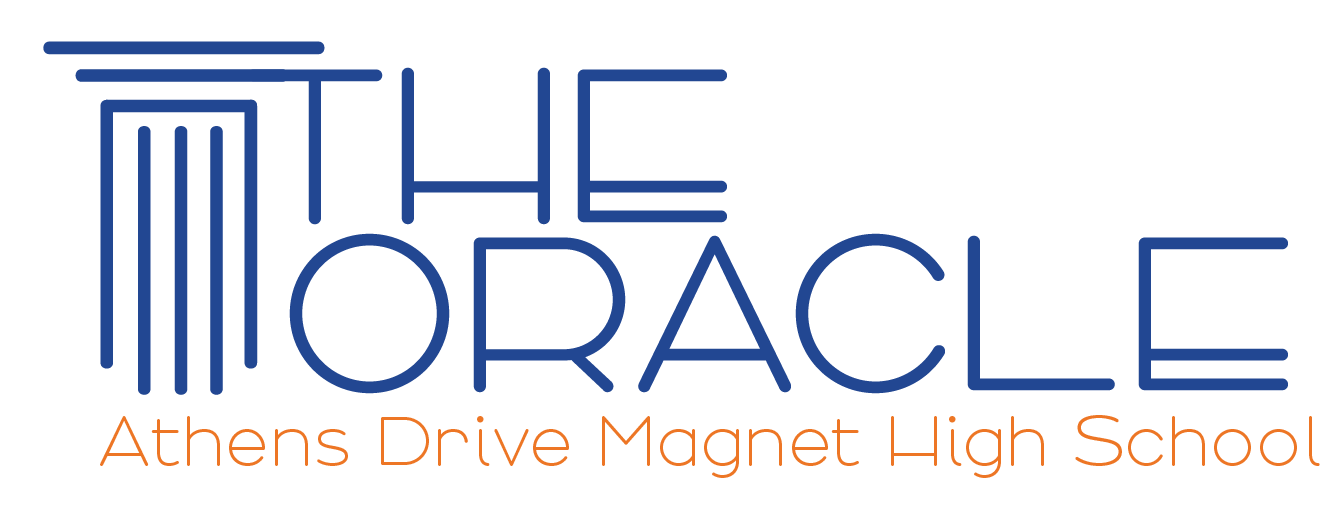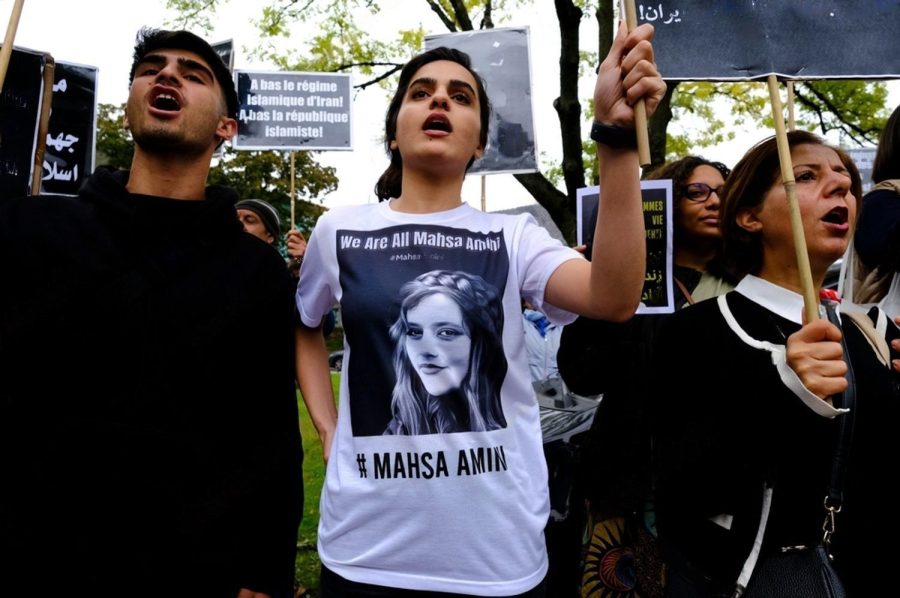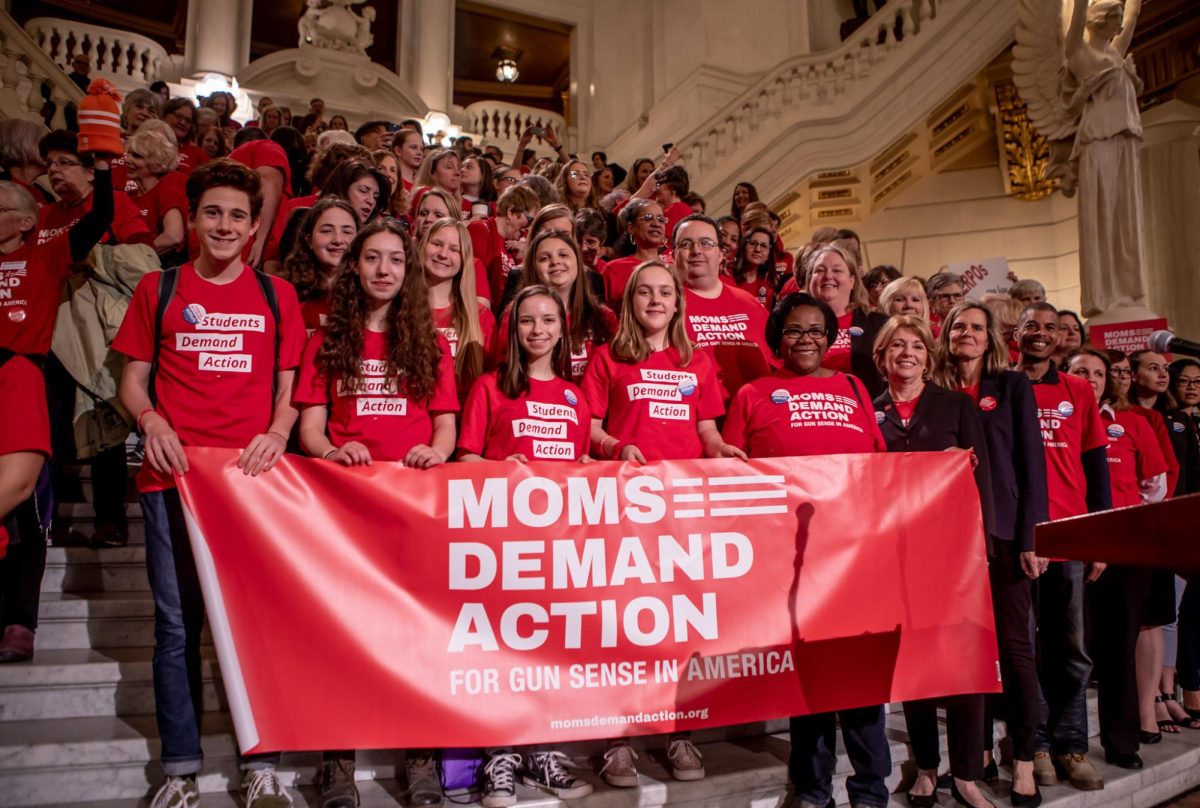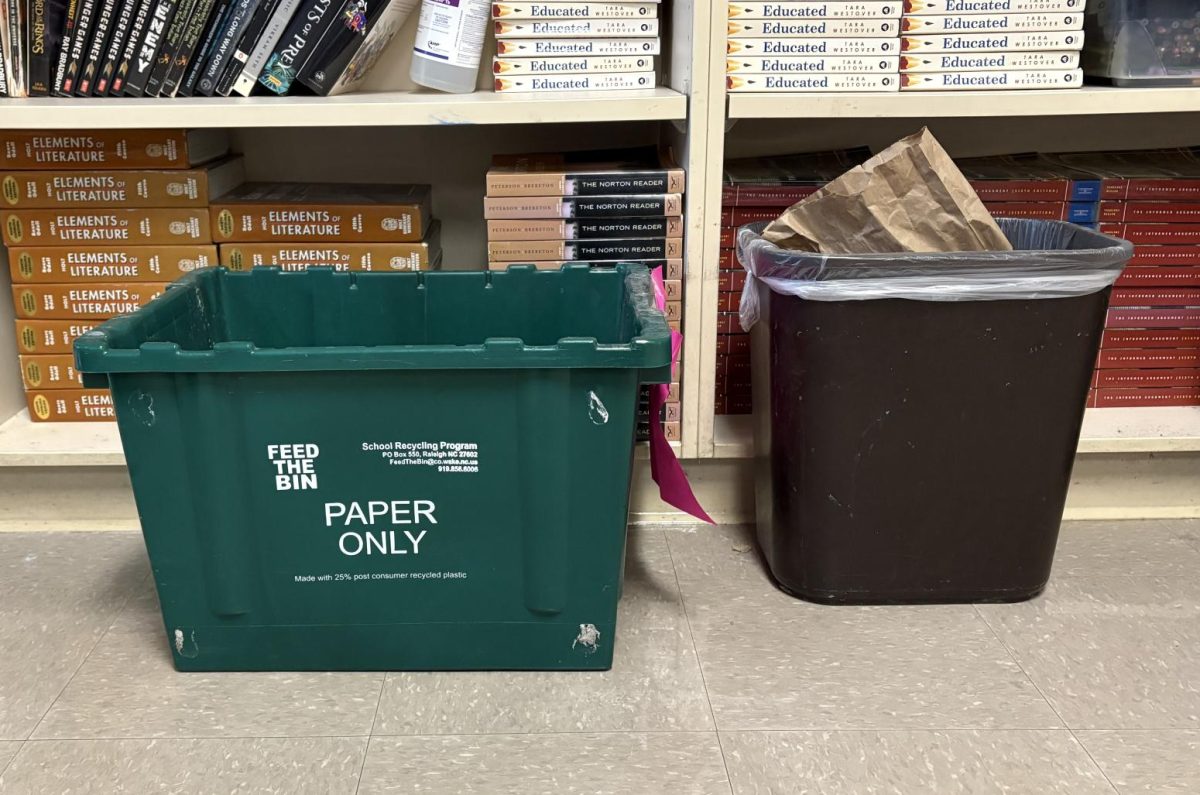The hijab.
In Arabic, it translates to “barrier.”
It is a religious covering preached by the religion of Islam. And although it is commonly simplified to a scarf around a woman’s head, it is really about modesty as a whole.
To that woman, the hijab is more than a scarf around her head and the clothing down her body. If you strip it of the culture it is entangled in and wash it of the western ideology taint, there is a deeper meaning there that can only truly be felt by a woman who wears the hijab– a woman like me.
Wearing the hijab is symbolic of devotion, strength and backing the world into a corner until it is forced to consider a woman for who she is, not what she looks like. But like many beautiful things, the symbolism of the hijab is often taken advantage of.
The most recent of these occurrences is being demonstrated in the country of Iran, a Muslim country that mandates an extreme version of Islamic law. Its theocracy is enforced by a strict police force. Amid many issues, like that of the crashing economy, the very basis of the Iranian government is being threatened.
On September 13, 2022, Mahsa Amini, a 22-year-old Iranian woman, was arrested by the Iranian morality police for violating the country’s requirement for women to wear the hijab and fully cover their bodies.
Morality officers harassed Amini and beat her repeatedly on the head with batons. The next series of events are blurry behind the barring of the media: maybe the head trauma and further beatings manifested into a heart attack, or maybe Amini’s heart attack was as sudden as the Iranian police are claiming. Either way, Amini fell into a coma and eventually took her last breath under the care of the Iranian morality police.
Coming to their own defense, the Iranian police released videos of Amini during her heart attack and coma. But the videos sparked a different reaction from Iranian people– from Iranian women– than they had expected.
Iranian women were outraged by the footage of a young woman who looked just like them being killed for daring to make her own decisions. They took that outrage to the streets, burning their hijabs and cutting their hair to shreds in the face of the Iranian government. Yet, their protests for autonomy were met with a far more dangerous reaction than just the mass arrests from police forces.
It is hard to say how much damage has been done to protestors at the hands of Iranian police forces as the media is kept in the dark about the riots. But social media and human rights groups bring some light to the situation. According to such sources, 201 people have died, the scene of a riot as their last view– 23 of which being children.
Though it is never any less heartbreaking to hear of such cruel acts against humanity, at times like these, we must ask what purpose is being upheld through them.
This brutal enforcement is far less about pushing the hijab than it is about preserving the power structure within Iran. Islamic law is so woven into the country’s government that its very economy relies on its maintenance and, as is currently being shown, the government and police forces in Iran will take whatever steps necessary to protect their own stakes.
This is something that happens in small regards all the time. The conservation of power, culture and patriarchy is always placed one step higher than religion. And since the hijab is a token of faith, a woman who is brave enough to carry that token must also be brave enough to bear the fault of power, culture and patriarchy.
But what is being shown in a new light is that when the delicate nature of religion is relieved of all its subjectivity and dishonorably used as a means of jurisprudence, it takes from people the most crucial element of faith: choice. Without that choice– without that intention– oppression is born. And belief struggles to thrive in the wake of oppression.
As it has been done in the time after 9/11, or during the anti-hijab protests in France that led to a ban of the hijab at universities, Islam is only being used as an insulting scapegoat. Either we are being shackled by the extremism and conservatism of our faith– a threat to the new world’s progressivism– or we are too incompetent to regard our own autonomy.
Whether it is America, France or Iran, we are pushed and pulled, flattened and squeezed into an agenda of someone else’s domination– forcing us to be the poster girl for some disassociated cause.
By brutally forcing the hijab onto its women, the Iranian government is taking more from them than some exposed strands of hair. It’s taking their security and their confidence in faith.
Religion is so personal, so close to home, and it is no person’s right to generalize it. It is no person’s right to equate themselves to Divinity– naming themself both judge and discipliner.
Islam itself speaks against such an invasion of human rights. In the Quran– the Islamic holy book– there is a scripture that clearly reads, “there shall be no compulsion in religion.”
So, if the very words and concepts of the Quran contradict their supposed execution in Iran, then where are the grounds for using Islam to justify such inhumanity?







